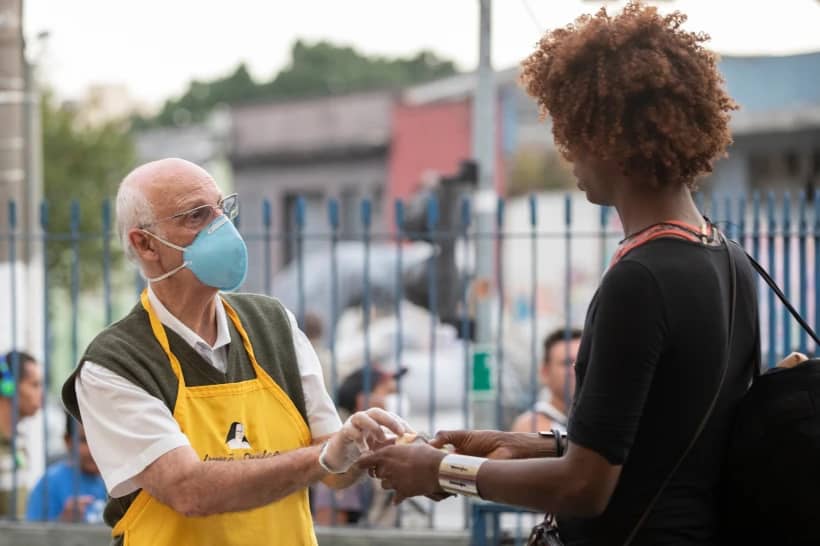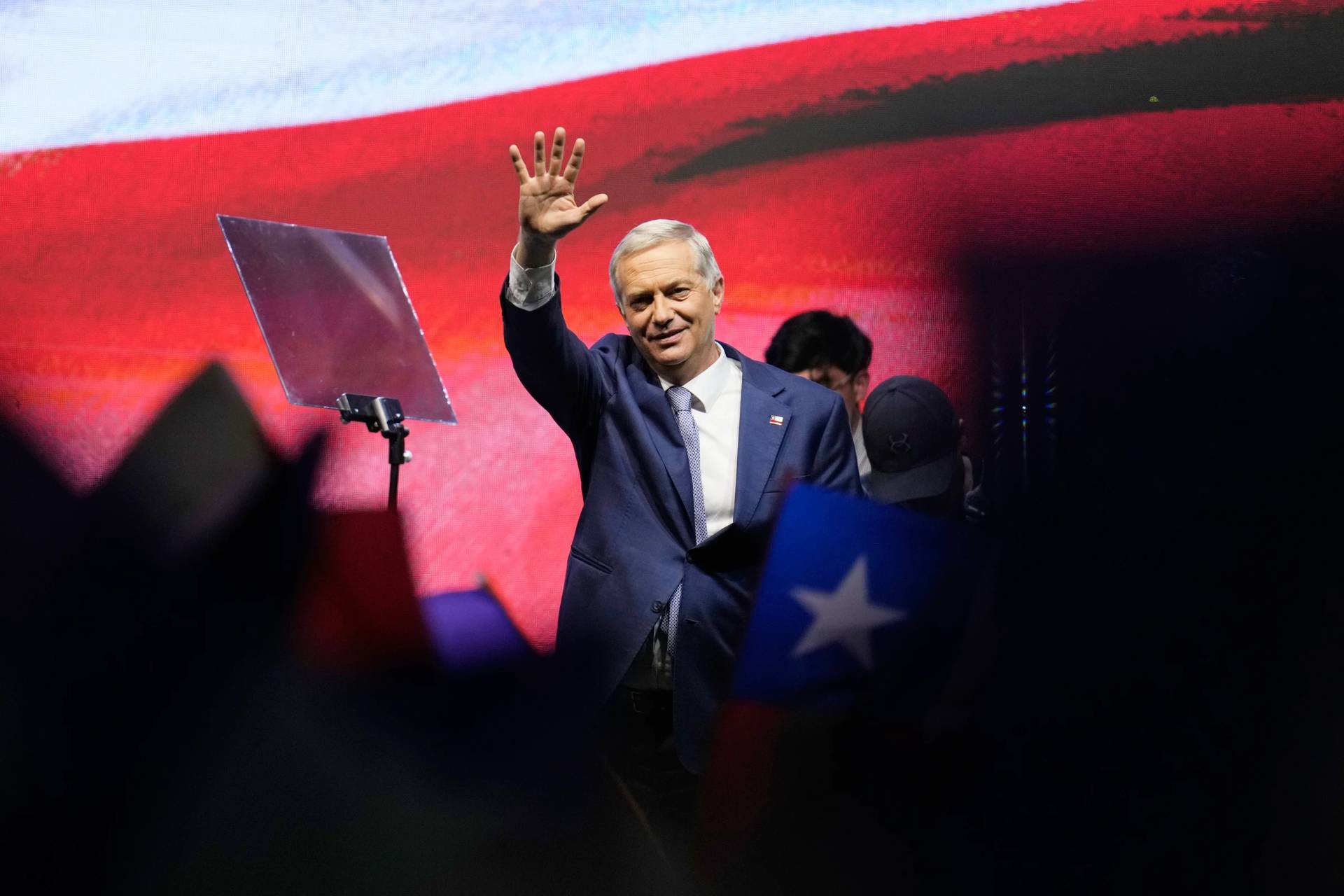SÃO PAULO – A new study of Catholic digital influencers commissioned by a Brazilian bishop has concluded that if the hierarchy wants to combat the growing importance of far-right social media personalities, it must form its own cadre of on-line evangelists.
The study, carried out by five researchers invited by Auxiliary Bishop Joaquim Mol Guimarães of Belo Horizonte and recently released in Portuguese, suggested that the Catholic digital space is increasingly being dominated by voices often in open conflict with the bishops and official ecclesiastical structures.
Since 2018, when former conservative President Jair Bolsonaro ran for the first time, organized groups of Catholics have been directly targeting the bishops’ conference, individual prelates and priests, and even Pope Francis, all seen as allied with Brazil’s leftist factions under current President Luiz Inácio Lula da Silva.
Those drives have involved, for instance, boycotts of fundraising initiatives which observers say have had a real impact on the local church.
Some influencers who gained prominence over the past few years, such as lay Catholic Bernardo Küster and Father Paulo Ricardo, are aligned with Bolsonaro and owe much of their current notoriety to the former president’s political growth.
Followed by millions of Catholic Brazilians on social media, such influencers have been able to impact “God’s people with their fake narratives, ideologies, fabricated doubts, pastoral disruptions, polarization, and disturbances within families, communities, and the society,” the 64-year-old Mol Guimarães told Crux.
“They have created giant bubbles on social media, in which their followers play a central role in determining the scope of their publications and thus reinforce their ideological perspective,” Guimarães said.
For an entire year, the team of five researchers – part theologians, part communicators – followed all social media posts of five Brazilian Catholic influencers: Küster and Paulo Ricardo, “apolitical” priests Patrick Fernandes and Fábio de Melo, and left-wing activist Father Júlio Lancellotti.
According to Alzirinha Souza, who holds a Ph.D. in Theology from the Catholic University of Louvain in Belgium and is one of the authors of the study, the fragmentary nature of the social media and their tendency to keep bringing the same kind of content that pleases a given user create long-term distortions incompatible with the church’s evangelization agenda.
“Those influencers’ particular point of view – a fragment of Catholic teaching – ends up creating parallel churches and a parallel magisterium,” she told Crux.
In the most serious cases, those of people such as Küster, their messaging many times is not in line with Pope Francis or, in the Brazilian case, with the bishops’ conference, Souza said.
“That’s how a network of opposition to the pontiff and to the bishops’ conference suddenly appeared. Those influencers led larger groups of people to follow such a path by using their supposed ecclesial authority,” she said.
So-called “fake news” is a fundamental element in such a process, the authors of the study say.
In 2021, for instance, Küster was sued by theologian Leonardo Boff after he claimed, without presenting any evidence, that the Liberation Theology thinker had diverted $ 2.6 million in public funds. Boff won the suit and Küster had to pay $22,000 in damages.
In his presentation of the study, Guimarães said these traditionalist influencers use “a manipulative teaching authority” and transmit “personal and particular views” based on “formulations of faith without connection to reality, strongly centered in moralisms impregnated by ideological and political elements.”
The result, he claimed, is “undue and unfounded criticism of the church’s institutional structure and hierarchy.”
“To gain widespread visibility and engagement, influencers must comply with the platforms’ own algorithmic strategies. These, in their structure, favor personalistic elements of conflict, of sensationalist value and of dialogical dissonance, as they operate to create bubbles of opinion between people of similar thinking,” Mol Guimarães’s statement said.
Other Catholic digital influencers choose a “lighter” approach, Alzirinha Souza said, using their visibility as musicians to amplify their reach as celebrities. They post pictures of their travels and concerts and combine them with universal advice and a playful tone, an attitude described as “narcissistic” in the study.
“Really influencing means to incentivize somebody to change and make something concrete. Those are not real influencers, they are just interested in themselves,” she said.
Mol Guimarães emphasized that the work of digital influencers is determined by the rules of social media concerning monetization and marketing, and not by the Gospel.
“That’s why we need to distinguish between Catholic digital influencers and digital evangelizers, whose work can be successful if they follow the church’s synodal path and guide themselves by the Gospel, keeping a missionary spirit that is contrary to the foundations of the digital market,” he said.
Among the Catholic influencers whose work was analyzed by the research team, Father Lancellotti was the only one judged to follow the church’s guidance in his social media evangelization initiatives.
Souza said that Lancellotti, a long-time human rights advocate who heads the Homeless Pastoral Ministry in São Paulo, doesn’t have a professional social media work like the other Catholics studied. He doesn’t seek to monetize his posts nor promotes his publications according to marketing principles. He neither sells classes or books, like Father Paulo Ricardo and Bernardo Küster.
“At the same time, he was the only one whose impact out of the virtual world was visible. He began denouncing the so-called hostile architecture [spikes and other devices implemented in public spaces in order to drive homeless people away] in Nov. 2021 and one month later people were already removing such elements from buildings all over the country,” Souza said.
A law against hostile architecture with his name was approved by the federal government in 2022.
“His true goal on social media is to bring visibility to the plight of the homeless people,” she said.
Alzirinha Souza said the research will continue. The team’s goal is now to analyze the audience of the Catholic digital influencers and keep looking for the ideal ways of Catholics to use social media for evangelization.
“Social media is an environment for our mission. We have to be there, because the people are there,” she said.















